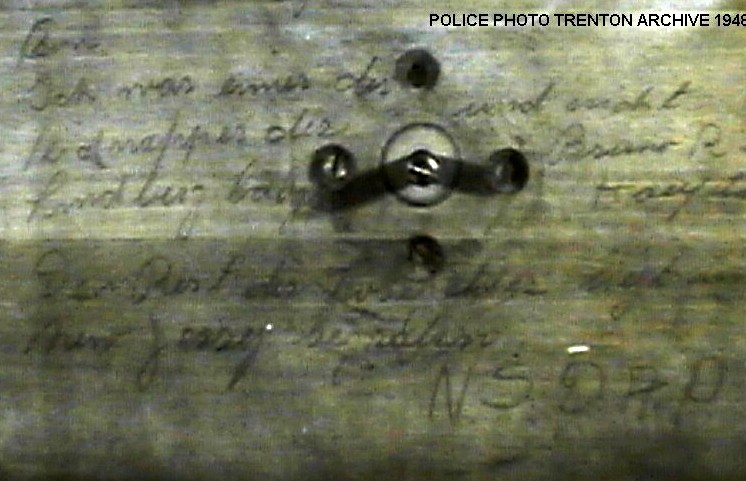Certainly the oddest – and most recent – piece of evidence in the Lindbergh kidnapping is the “table block confession.” Last week attorney Richard Cahill, author of the new book Hauptmann’s Ladder: A Step-by-Step Analysis of the Lindbergh...
One of the most fascinating cases of the 20th century is the Lindbergh kidnapping. Eighty years later, experts still can’t agree if Bruno Richard Hauptmann was guilty of the kidnapping and death of Lindbergh’s son. And that confusion stems from the...




Recent Comments